10 Surprising Foods That Pack More Protein Than You Think, Expert Reveals

Stuck in a protein rut? Most fitness enthusiasts rely on the usual suspects—chicken breast, protein shakes, and eggs—to meet their daily needs. With a large egg containing about 6-7 grams of protein, it's easy to see why they're a breakfast staple. But Jeff Cavaliere, MSPT, CSCS, Physical Therapist and founder of ATHLEAN-X with over 14 million YouTube followers, believes we're overlooking protein goldmines hiding in plain sight. "When it comes to building muscle, we know that protein is an essential part of the recipe," says Cavaliere in his post. Discover these surprising protein sources that could revolutionize your nutrition plan and help you hit your targets with delicious variety.
Parmesan Cheese (10.1g protein per oz)
That sprinkle of cheese packs a serious protein punch. According to Cavaliere, grated Parmesan delivers an impressive 11 grams of protein per ounce. "When we look at what it compares to, we're talking about six grams for something like cheddar cheese," he says. That's nearly double the protein in an egg in the same small serving. Many people don't realize they're getting nearly twice the protein content of most other cheeses. Cavaliere recommends finding cheese labeled "Parmesan Reggiano" for the authentic version without unwanted additives.
RELATED: She Lost 75 Lbs by Eating These 3 Foods That "Mimic" the Effects of Ozempic
Cottage Cheese (14g protein per 1/2 cup)
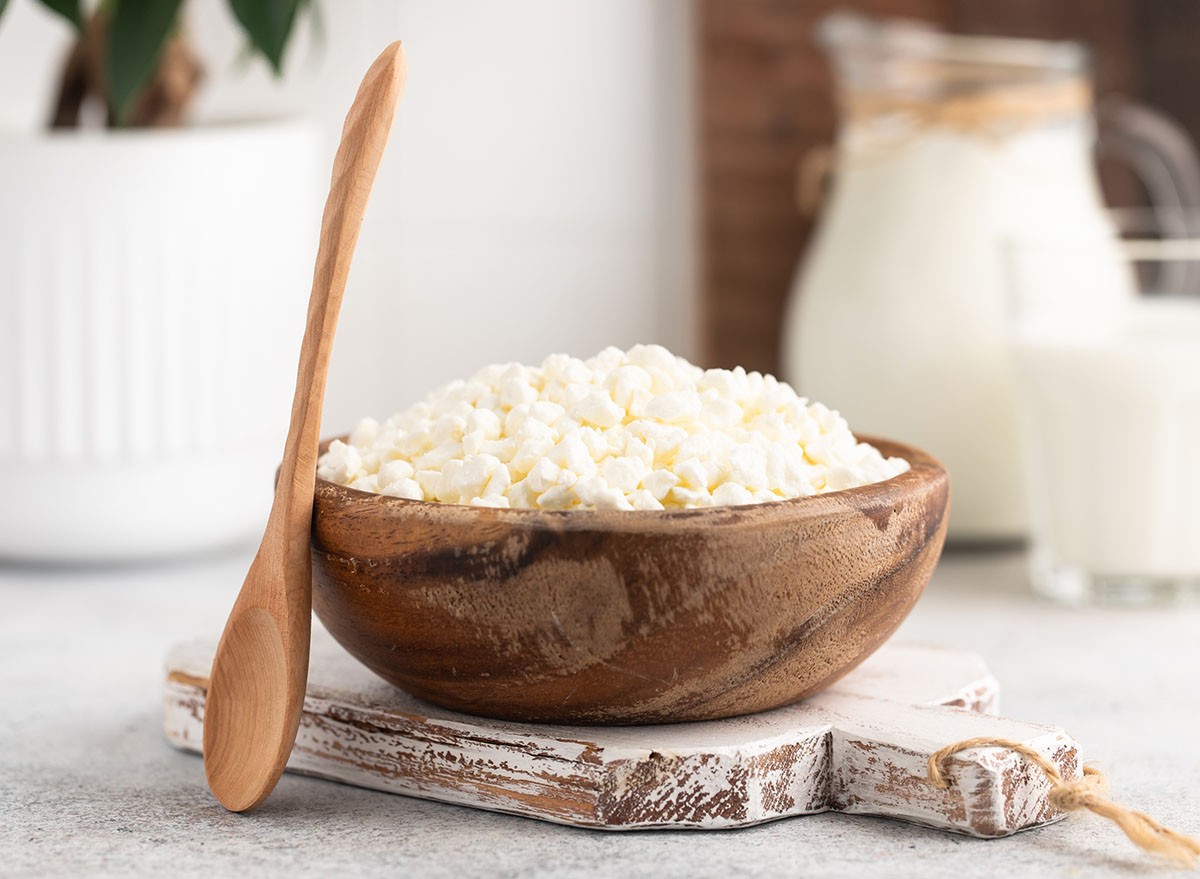
Even if you're not a fan of the taste, cottage cheese delivers remarkable protein content. "Full fat cottage cheese can have up to 30 grams of protein, which is a lot of protein," Cavaliere explains. That's equivalent to more than four eggs in a single serving. While some call it the original Greek yogurt, Cavaliere notes it often contains less sugar than many commercial yogurt products. His pro tip for improving the taste? "Add a little bit of cinnamon, it will cut down some of that sourness."
Edamame (18.4g protein per cup)
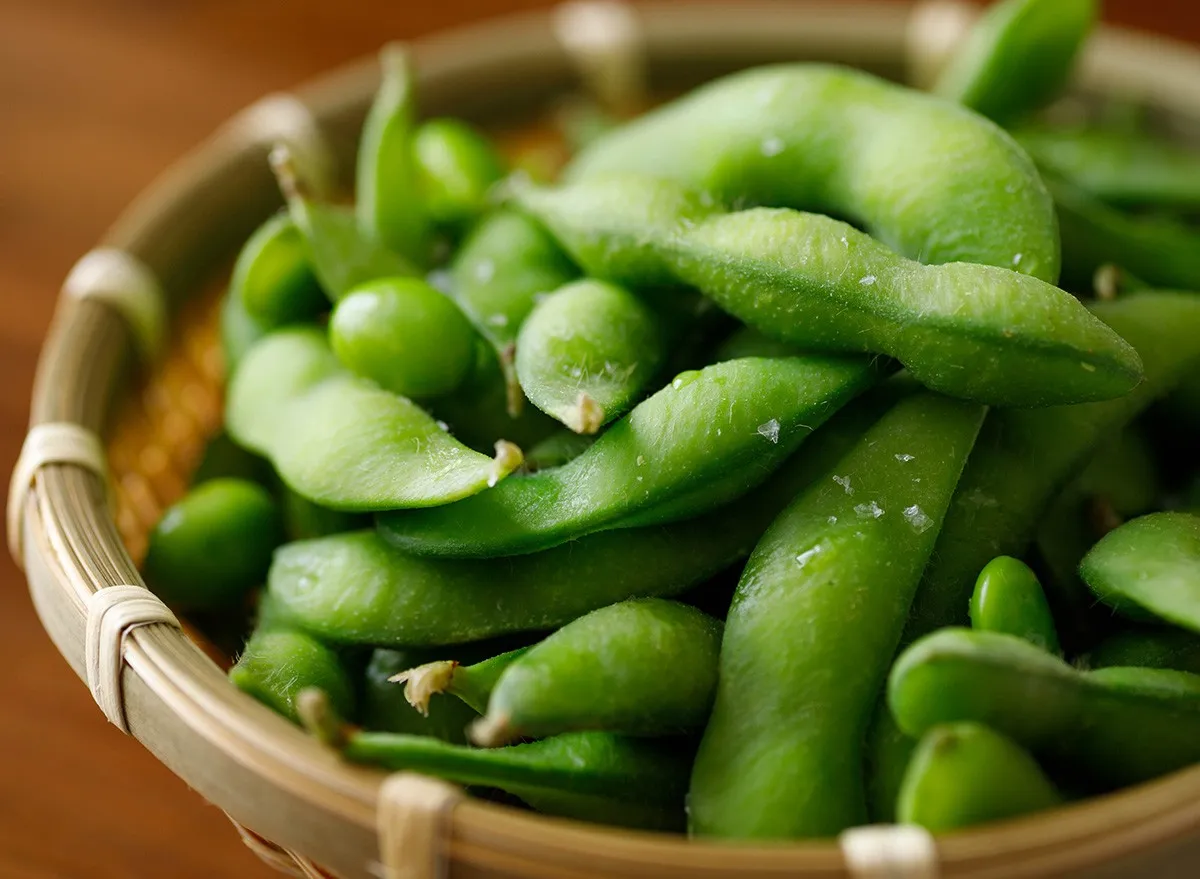
These green soybeans are protein powerhouses hiding in plain sight. "We're talking about 21 grams of protein per cup," Cavaliere says. That's about three times the protein of an egg. While acknowledging mixed research on soy products, he makes an important distinction: "When we're talking about edamame, we are talking about all natural sources." Unlike heavily processed soy products, these natural beans provide high-quality protein without artificial additives, making them an excellent option for plant-based eaters.
Lentils (18g protein per cup)
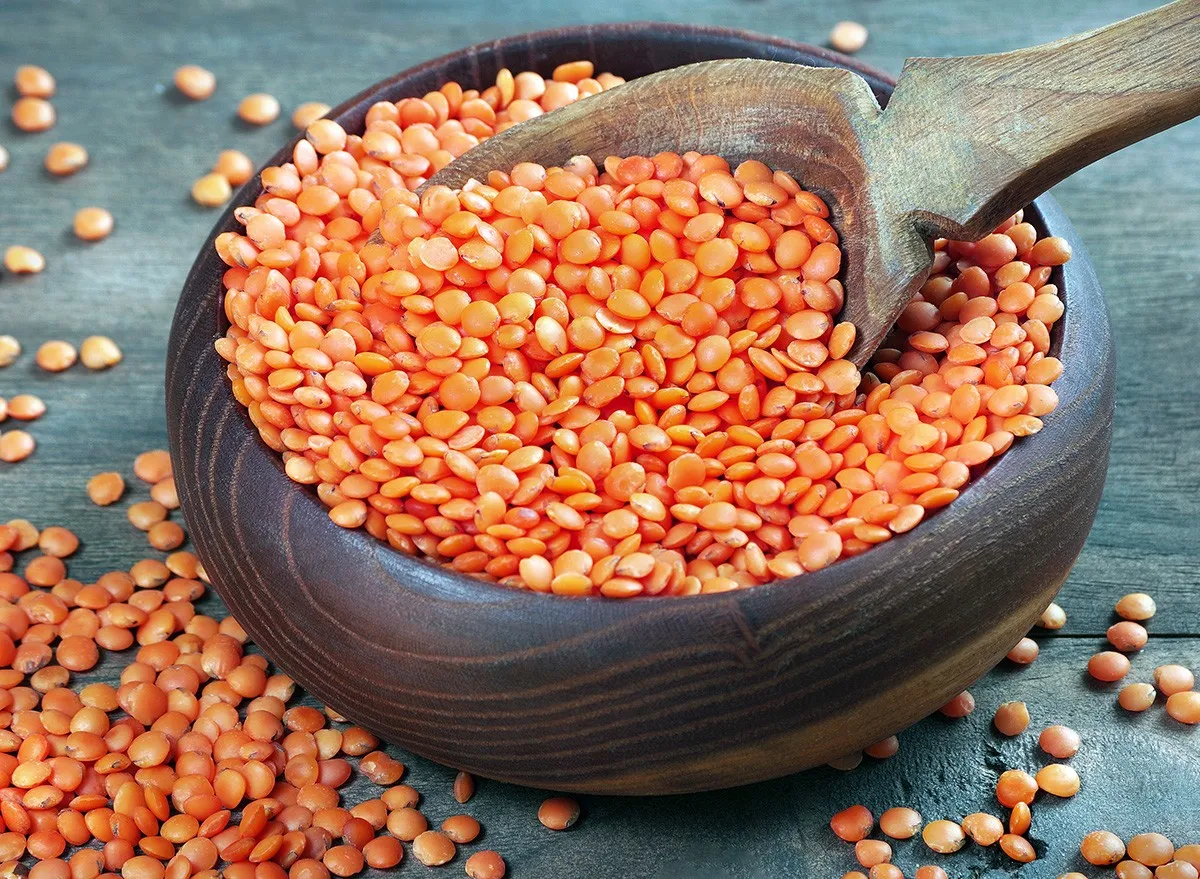
Perhaps the most underappreciated protein source on the list, lentils deliver an impressive 18 grams of protein per cup—nearly three times what you'd get from an egg. "But not just that," Cavaliere adds, "this one is packing 16 grams of fiber in that same one cup." This combination of protein and fiber makes lentils not just a muscle-builder but a complete nutrition package. "When it comes to looking for alternative protein sources, this one here is one I highly recommend," Cavaliere emphasizes.
RELATED: I'm a Nutritionist and These are the Best Banana Recipes For Weight Loss
Quinoa (8g protein per cup)
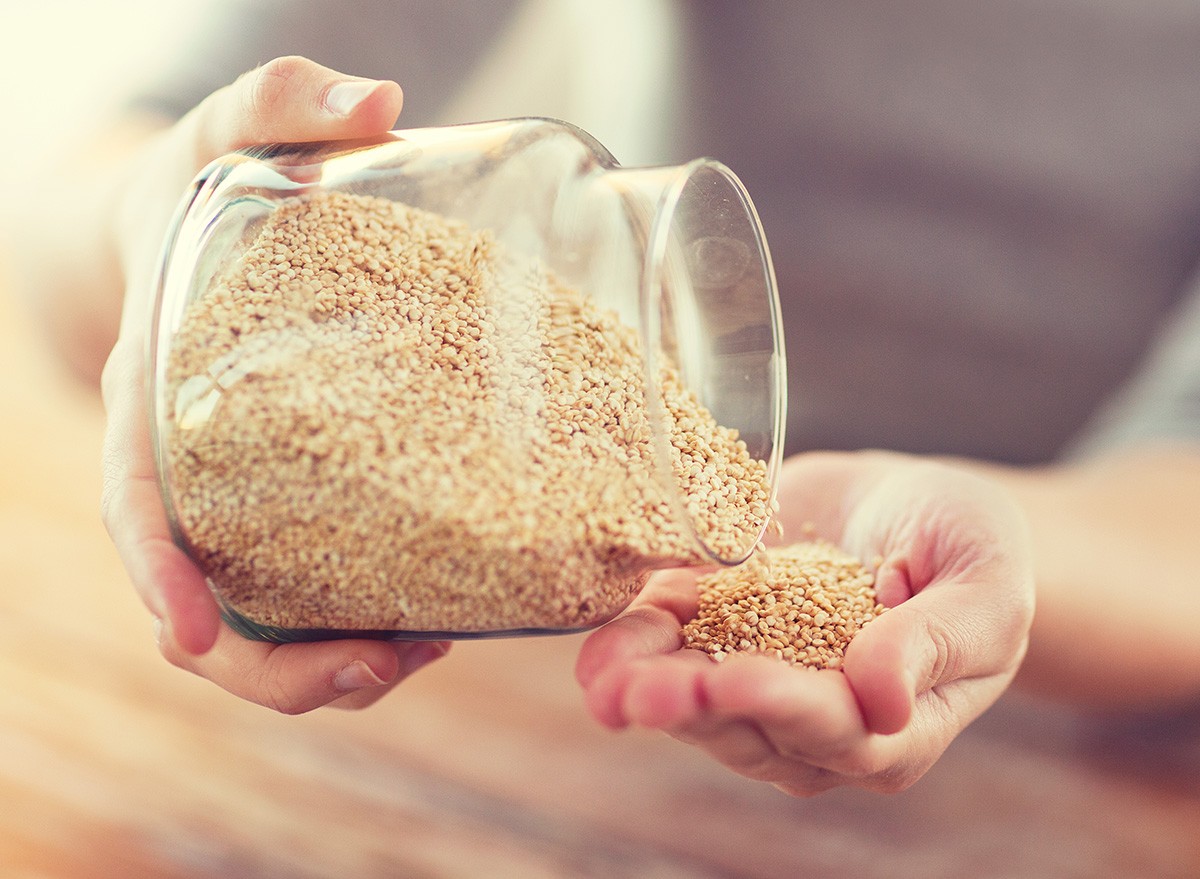
This ancient grain offers more than just complex carbs. "Quinoa has eight grams of protein per cup," Cavaliere shares. That's more protein than you'd get in a large egg. What makes it special is that it offers a complete protein profile with all essential amino acids. Cavaliere personally uses it as a rice replacement: "If I swap that out for a bed of quinoa, you can pretty much double this from eight to 16." This simple swap adds significant protein without sacrificing your carb intake.
Pumpkin Seeds (5.3g protein per oz)
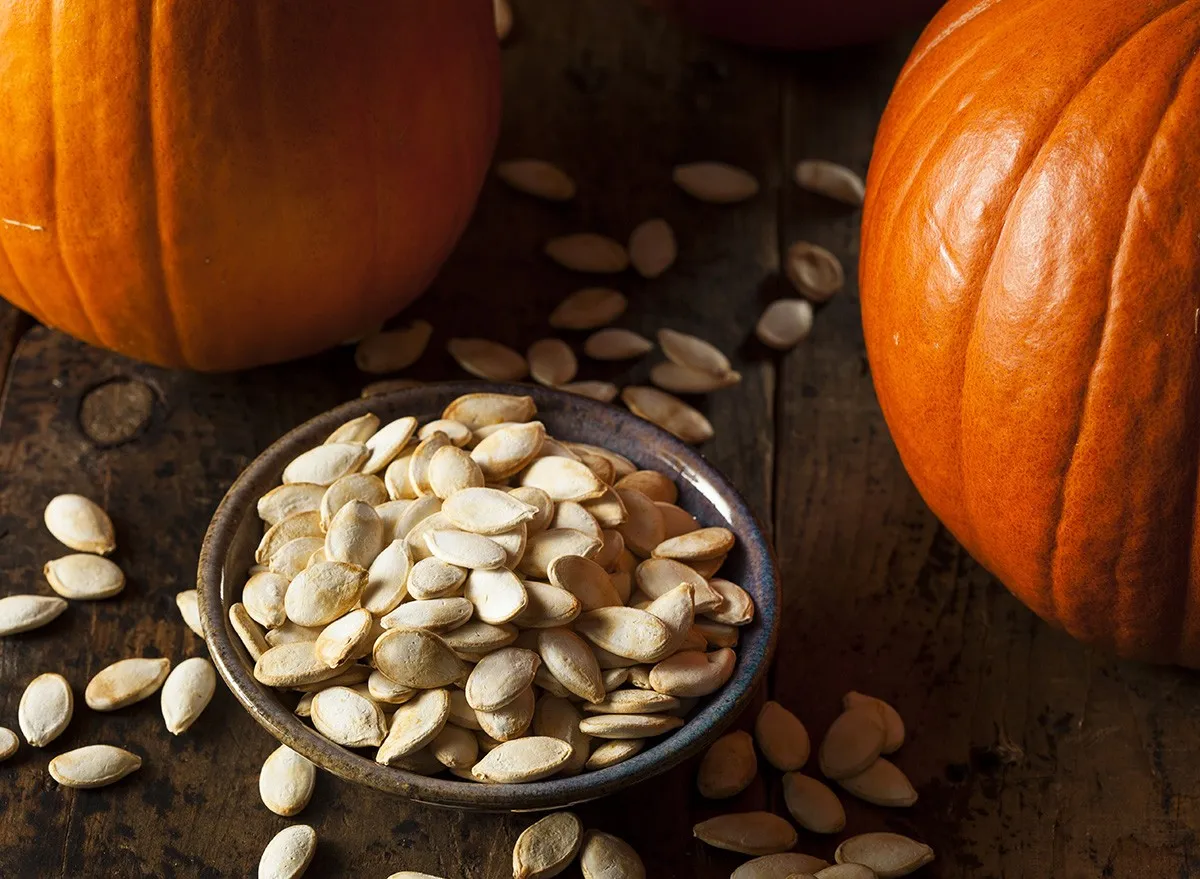
These small seeds pack serious protein. "Did you know that they have more protein than any other nut or seed out there?" Cavaliere asks. With 5.3 grams of protein per ounce (about 85 seeds), they're comparable to eggs but in a much smaller serving. "It's an inexpensive protein option," Cavaliere points out, costing about 45% less than alternatives like pistachios while providing healthy fats alongside protein.
Whole Wheat Pasta (7-8g protein per 2oz dry)
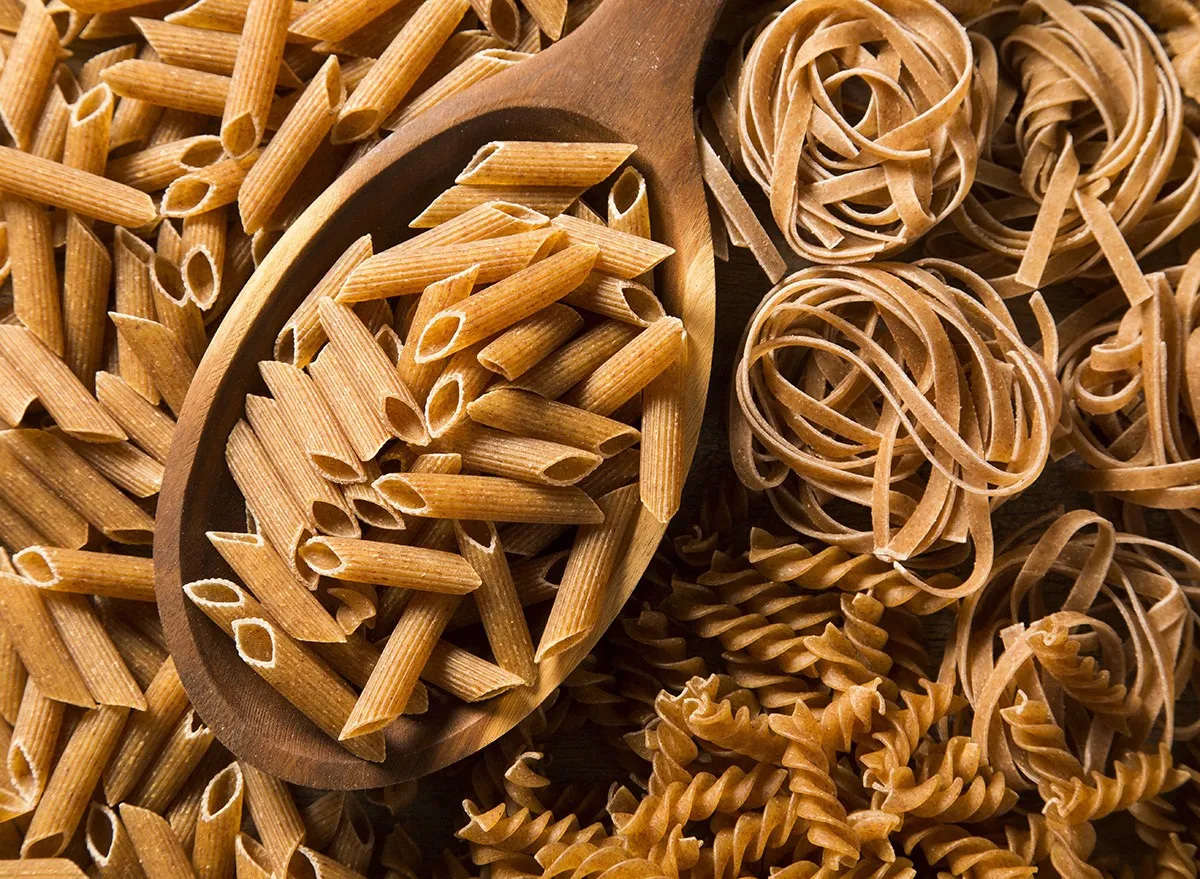
That plate of carbs offers more muscle-building potential than you might expect. According to Cavaliere, whole wheat pasta contains about 7.5 grams of protein per cup. "We actually probably eat twice as much in a serving, which puts this number at about 15 grams," he explains. That's more than double the protein in an egg. While not a complete protein on its own, it can be paired with other foods to create a complete protein profile, making your pasta dinner a surprisingly effective protein source.
Oatmeal (5-6g protein per 1/2 cup dry)
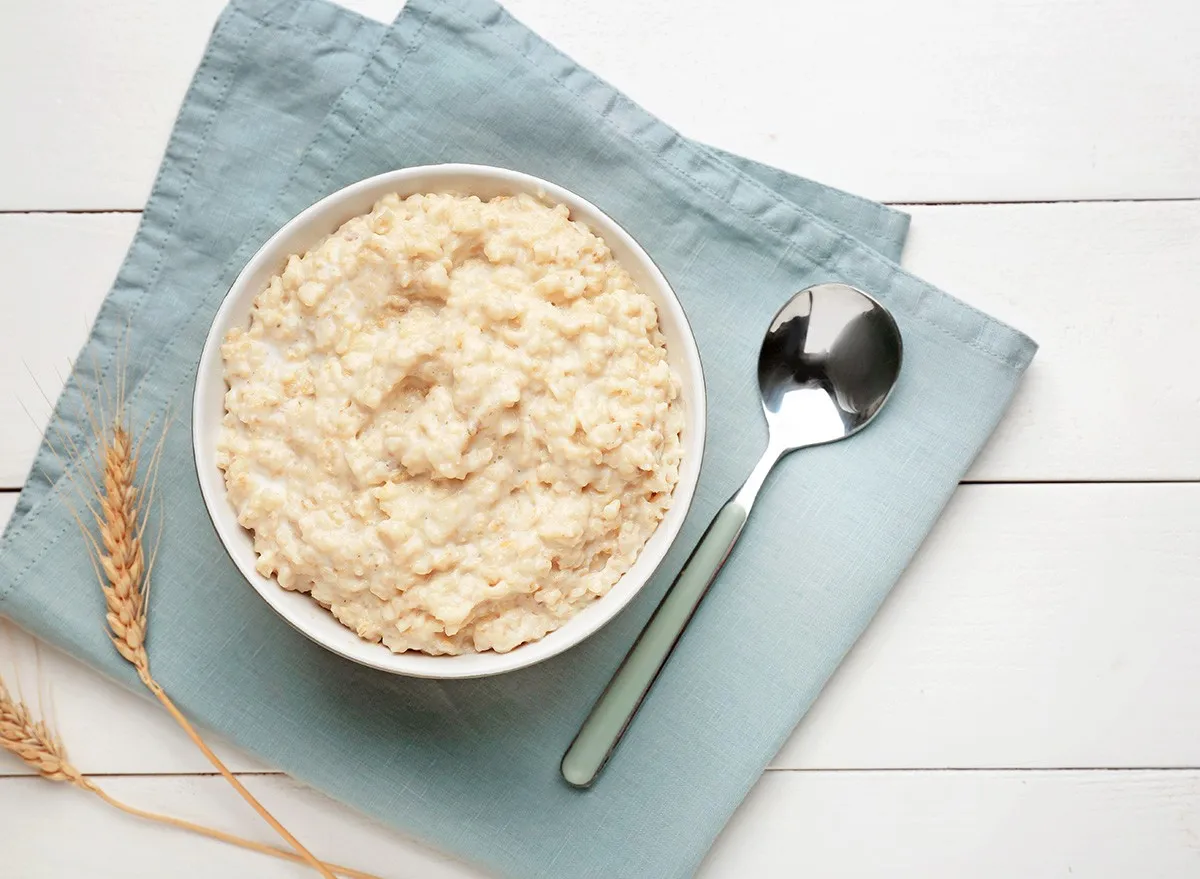
Start your day with unexpected protein. "Whether you prefer the sort of chewy steel cut oats or whether you like the old fashioned rolled oats, they both actually pack about eight to nine grams of protein in a serving," Cavaliere explains. A half cup serving provides about as much protein as an egg, and combining oatmeal with other protein-rich toppings like walnuts or milk can boost its protein content even further for a complete breakfast.
RELATED: What Happens When You Quit Soda, According to a Nutritionist
Spinach (5.5g protein per cup cooked)
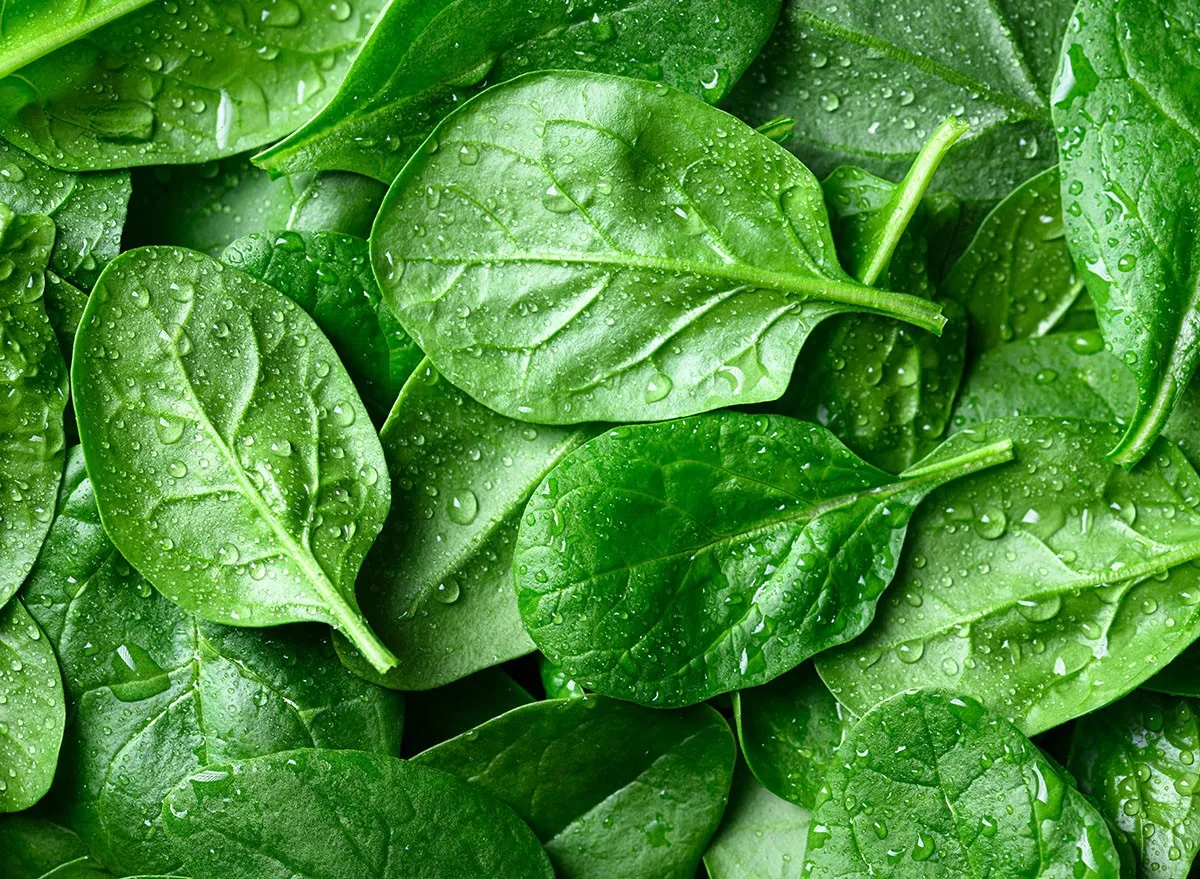
Popeye was onto something nutritionally sound. "Five and a half grams of protein per cup of cooked spinach," Cavaliere notes. That's almost the same amount of protein as an egg, but with significantly fewer calories. Beyond protein, he's impressed with spinach's overall nutritional profile: "This is one of the most calorically light, but nutrient dense foods you can put in your body." With just 41 calories, 6 grams of carbs, and plenty of micronutrients, it's a nutritional powerhouse that can easily be incorporated into countless meals.
Spirulina (16g protein per tablespoon)
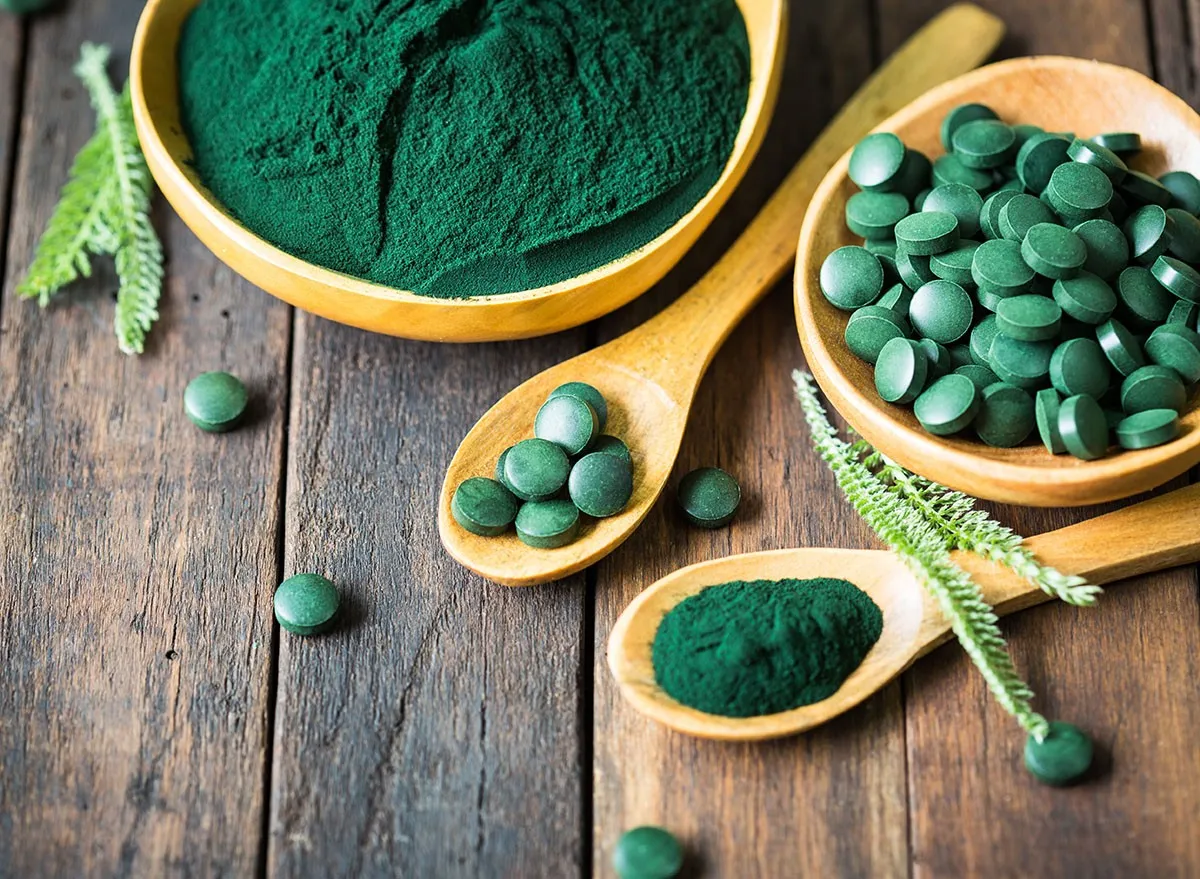
This blue-green algae might seem unusual, but its protein content is unmatched. "This food right here packs 57 grams of protein per 100 grams of it," Cavaliere reveals. "That means it makes it the number one most concentrated source of protein available in the entire world." Just a tablespoon provides more than twice the protein of an egg. Despite its unique origin, spirulina can easily be incorporated into smoothies and protein shakes for a powerful protein boost without altering the taste significantly. And if you enjoyed this article, don't miss these 8 High-Protein Foods with Nearly Zero Calories That Melt Fat.




